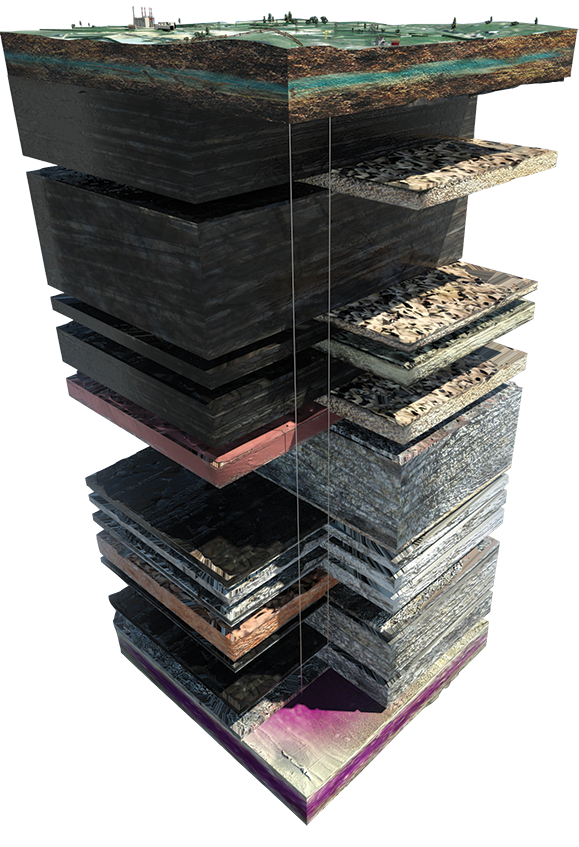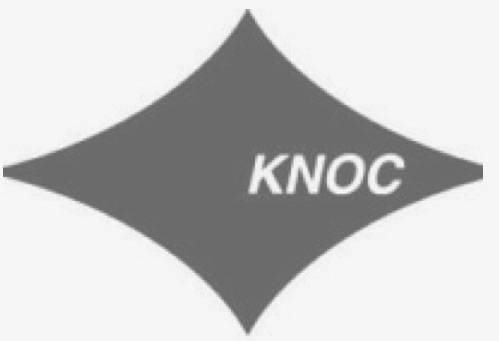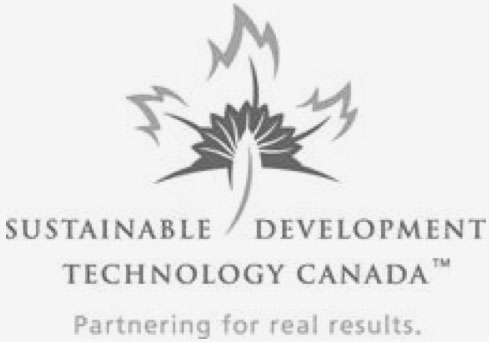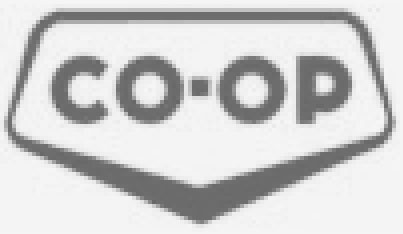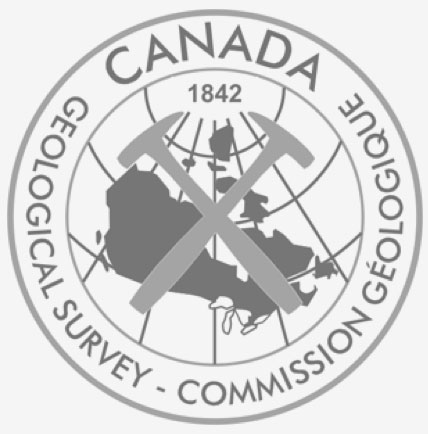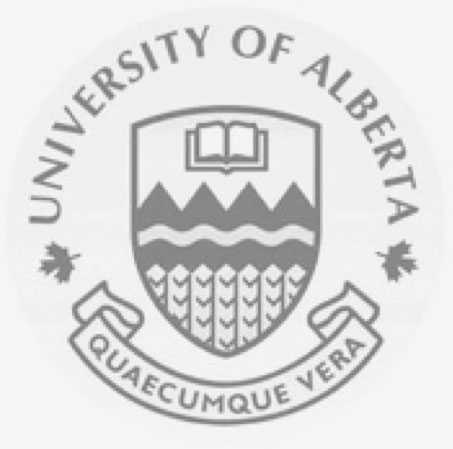Advances in Technology
The Aquistore Project boasts an impressive Monitoring Measurement and Verification (MMV) Program. Click on the graph below to see the full list of monitoring technologies being tested at the site.
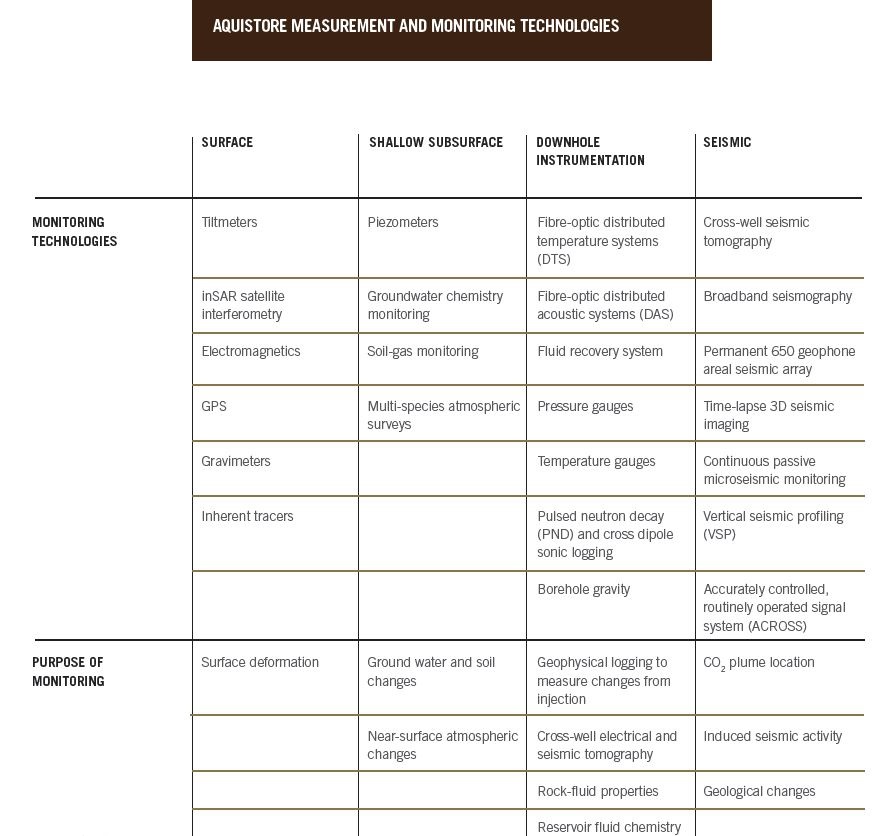
With over 50+ publications in International journals, Aquistore is offering independent analysis and research, and the monitoring program is continuously peer-reviewed.

Aquistore is a commercial-scale project tied to real injection considerations - taking industrial CO2 at variable and intermittent rates from SaskPower’s Carbon Capture Facility at Boundary Dam near Estevan, Saskatchewan.
Aquistore’s knowledge provides fundamental understanding of the reality of CO2 injection for commercial-scale operations, regardless of the CO2 point source.
“The work at Aquistore is relevant to many industries and policy makers because we are accelerating our understanding and verifying the safety of CO2 storage.”
- Dr. Don White of the Geological Survey of Canada and Chair of Aquistore’s Scientific and Engineering Research Committee (SERC).

Aquistore is providing an opportunity to test emerging technology such as the electromagenetic sensor, right.
For the first time, distributed acoustic sensing (DAS) fibre is being used to image CO2 at such extreme depths, revolutionizing seismic technology, how geological data is obtained, and significantly reducing costs.
Opportunities for Data Access
PTRC has compiled comprehensive datasets to advance CCUS knowledge and provides opportunities for capacity building through innovative research, training and education.
Through its CCUS Data Network (which includes Aquistore and IEAGHG Weburn-Midale CO2 Monitoring and Storage Project), PTRC offers investing partners access to its datasets. These range from the initial design to operation of a commercial CO2 storage site to comprehensive datasets for all aspects of MMV techniques and technologies.
Datasets range from raw sets of 3D/3C seismic surveys, time-lapsed pulsed neutron and sonic well logs, injection volumes, reservoir pressures and temperatures from multiple downhole gauges, reservoir fluid samples, caprock and reservoir cores, and geological and reservoir simulation models.
The investing partners receive access to data through utilization of PTRC’s established Scientific and Engineering Research Committee, comprised of global experts with hands-on experience in areas such as: geomechanics, geophysics, and geologic and hydrogeologic cells.
Impact
Science tells us that the only true way to understand something is to take research to demonstration and validate it. Aquistore does that.
Through the demonstration of conformance of CO2 underground, analyzing how it reacts, assessing its predictability, and verifying it, scientists and engineers are adapting modelling to increase accuracy of predictions and understanding.
Striving to continually advance innovation in clean technology with science-based facts, Aquistore is uniquely positioned to assist governments and regulators to reduce liabilities and meet targets for safer, cleaner, sustainable industries.
To learn more about Aquistore or participate as an investing partner, contact the PTRC at info@ptrc.ca.


